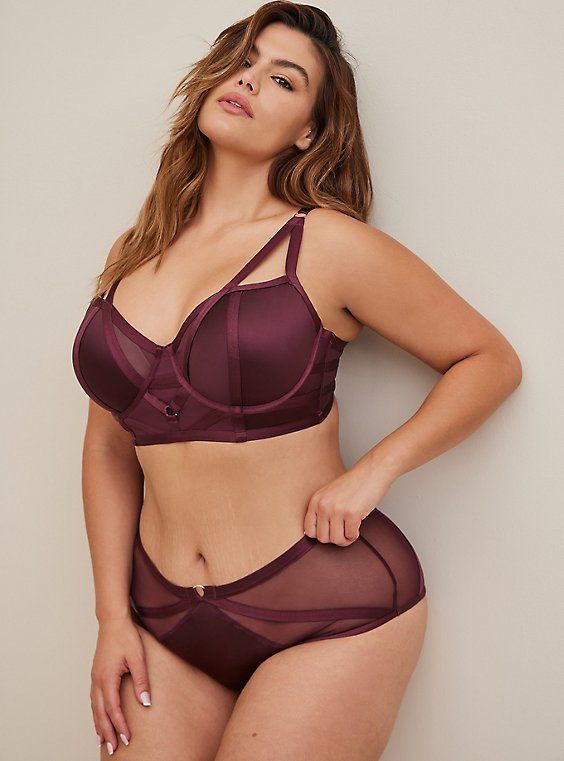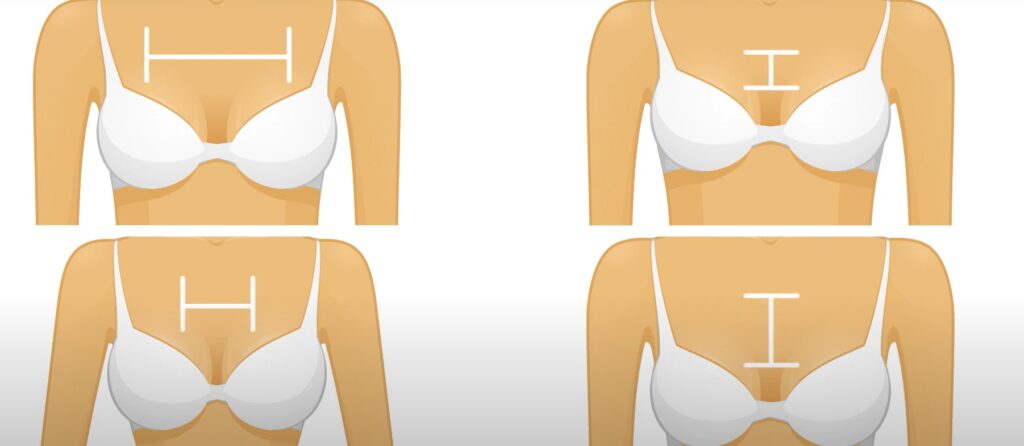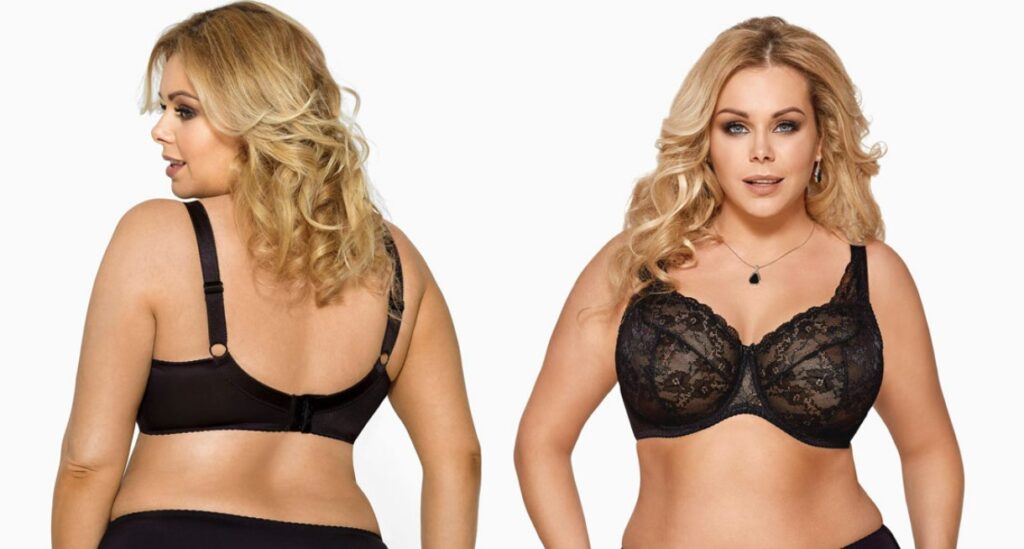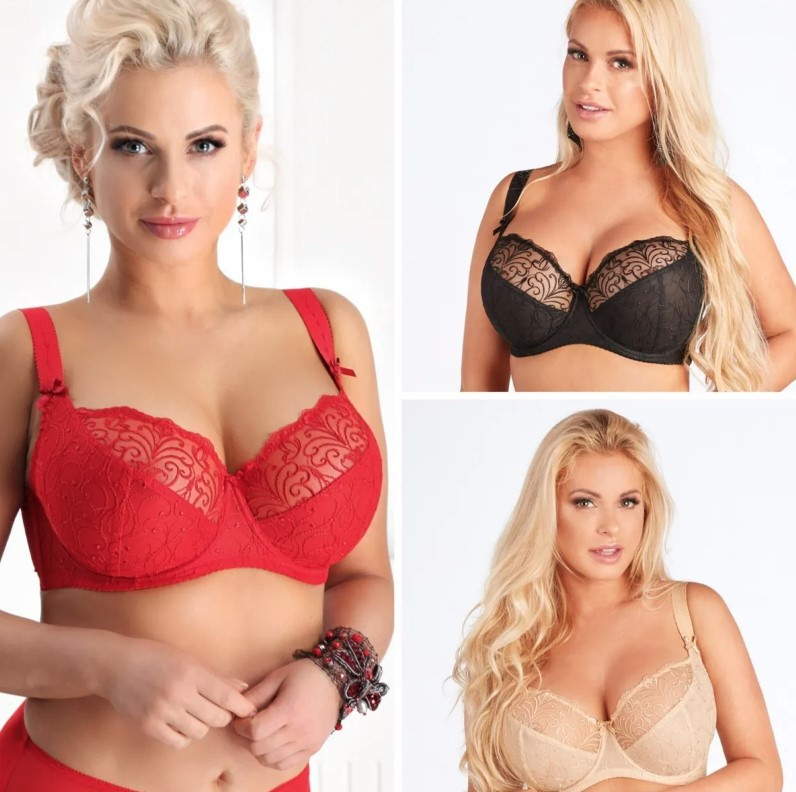
BRA CHALLENGES? WE SOLVE.
Tackling Challenges with Uncommon Bra Sizes
If you’re in the business of creating lingerie, you’re no stranger to the intricate world of bra sizing. While most bra sales gravitate towards the more common sizes, there’s a fascinating and often underserved market at the extremes of uncommon bra sizes spectrum. As a lingerie developer, my mission has always been to provide bras that fit all women, regardless of their unique bra size. It’s not just about business; it’s about empowerment and confidence.

First off, let’s address the sheer variety of bra sizes out there. Did you know that there are over 500 unique bra sizes? While the most common sizes, ranging from 32B to 42DDD (or D3), account for the bulk of sales, it’s crucial to remember that there’s a significant chunk of the market that falls outside this range. These uncommon sizes are where the real fitting challenges lie.
CHALLENGES WITH SMALL CUP SIZES
Let’s kick things off with petite sizes – AA, A, and some B cups. These sizes present a distinct challenge because they require an incredibly precise fit. Unlike women with more breast mass, those with small cup sizes can’t rely on adjusting their breast tissue to make a bra fit comfortably. The cups must be positioned precisely to align with smaller breasts. This means variations in breast distance and height on the chest can make or break the fit of these bras.

For those in the 32A range, the placement of the cups’ center panels is crucial. A tight center panel suits close-set breasts, while a wider one accommodates those with a wider set. Wireless and bralette-style bras are also excellent options. Their flexibility allows for better breast placement, but do check the size charts, as not all bralettes cater to AA and A cups.
CHALLENGES WITH VOLUMINOUS CUP SIZES (LARGER THAN D6)
On the other end of the spectrum, we have women with larger cup sizes. Cup sizes beyond DD (or D2) weren’t widely available until the late 80s. These sizes can range up to a P or KK (both D13), and each woman’s needs are unique. Large-breasted women require ample support, which often translates to bras with seamed cups, more hooks, side support panels, tall sides, and firm power mesh fabrics.

Creating bras for these sizes is complex and demands engineering expertise. Adjustments are made to accommodate the increasing cup size, such as adding more hooks, wider straps, and additional support features. Not every bra design can scale up successfully to these sizes, which is why there are fewer manufacturers catering to them.
CHALLENGES WITH SMALL BAND SIZES
In recent years, 30-band and 28-band sizes (starting at D cups) have gained popularity. Many women are actually 28 or 30 bands but aren’t aware of it because these sizes are still relatively rare. This scarcity becomes more pronounced when it comes to smaller band sizes with larger cup sizes. Small band/large cup bra offerings are limited because of high return rates. Manufacturers aim to turn a profit, so sizes with low demand are often discontinued.

CHALLENGES WITH LARGE BAND SIZES
As we venture into the 42 to 44 band size range, comfort becomes paramount. Underwires, which need to rest in the underbust crease, can become problematic. In larger band sizes, the distinction between breast tissue and body tissue blurs, potentially leading to discomfort.
Wireless bras are a fantastic choice for larger band sizes. Manufacturers in this range have developed attractive and comfortable styles using innovative fabrications. These bras offer support without the discomfort associated with underwires.

Tackling uncommon bra sizes is undoubtedly a complex endeavor for lingerie developers and entrepreneurs. However, by understanding the unique challenges and mastering technical bra fitting, we can ensure that women of all sizes have access to comfortable and supportive lingerie. Let’s keep pushing boundaries and making lingerie that helps women feel confident and comfortable, no matter their size!
